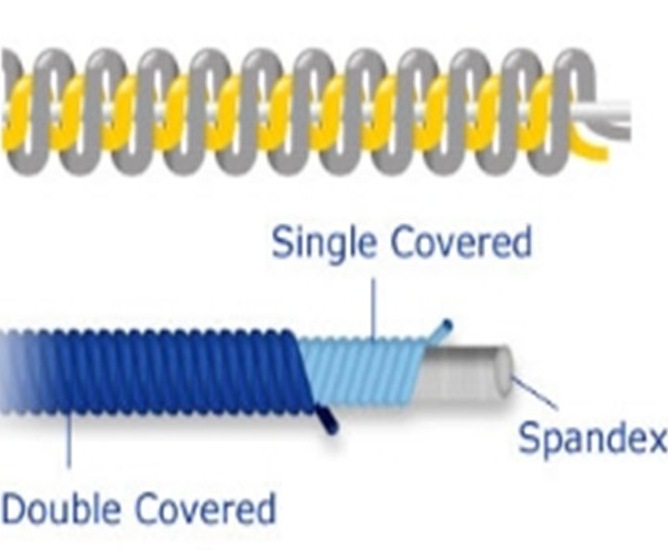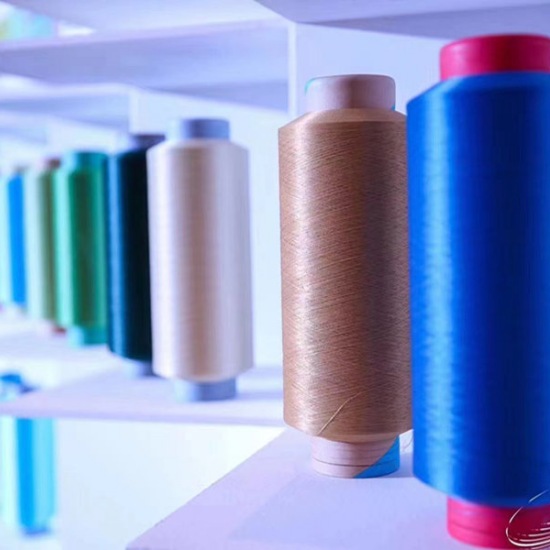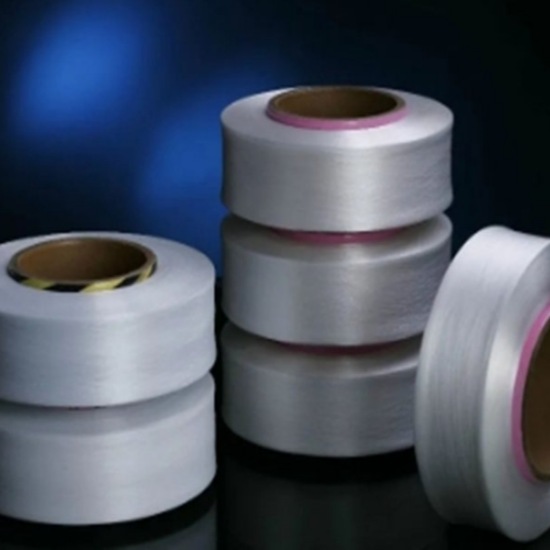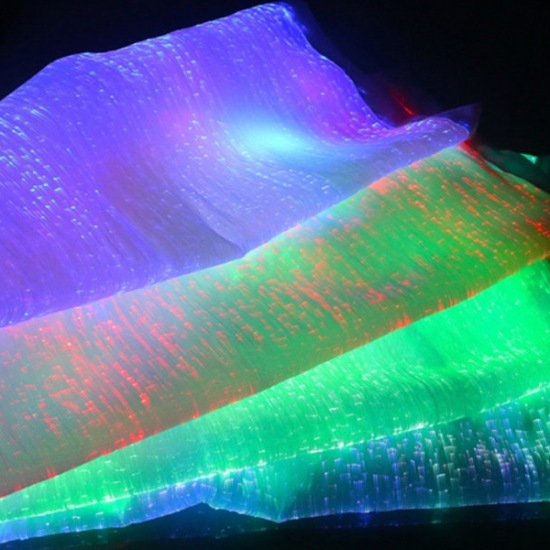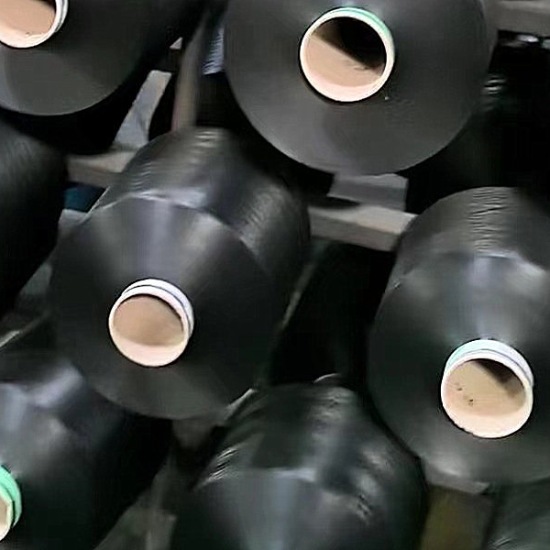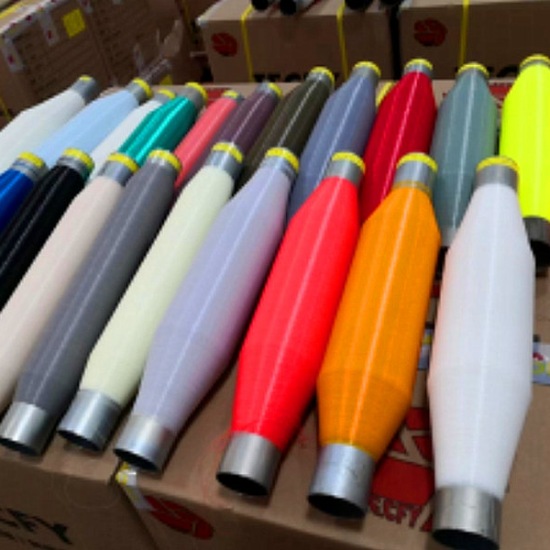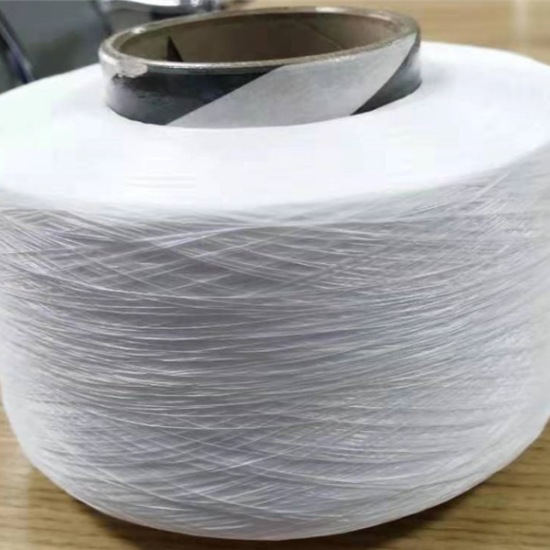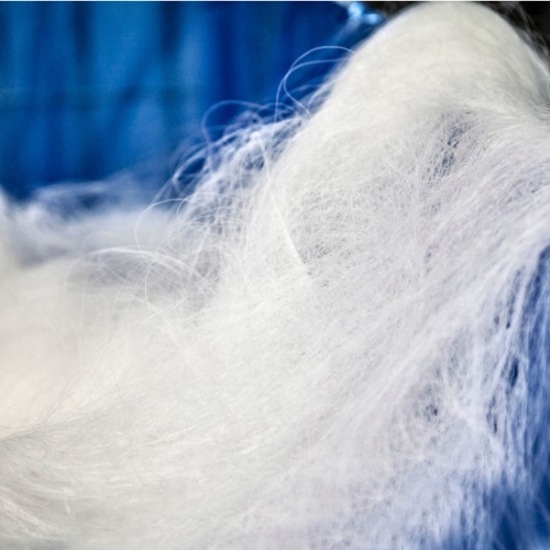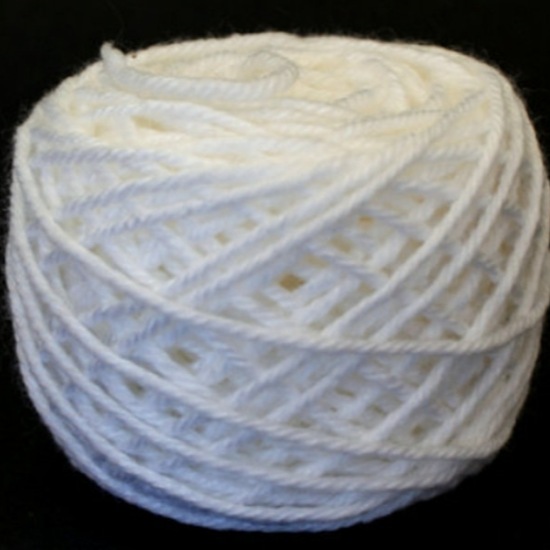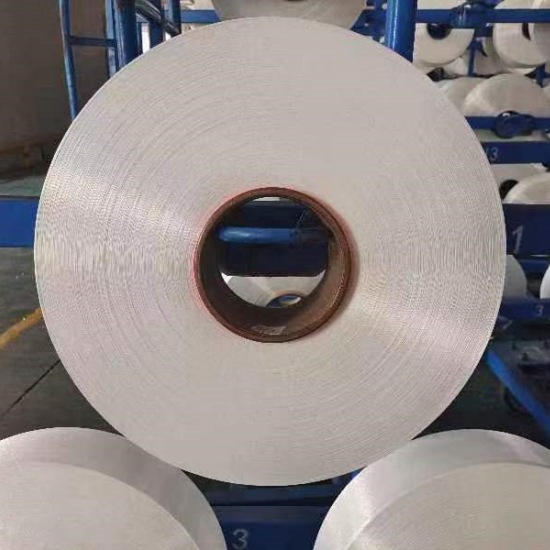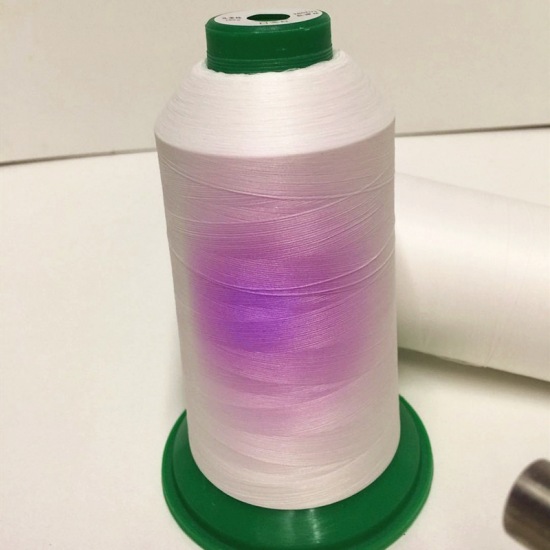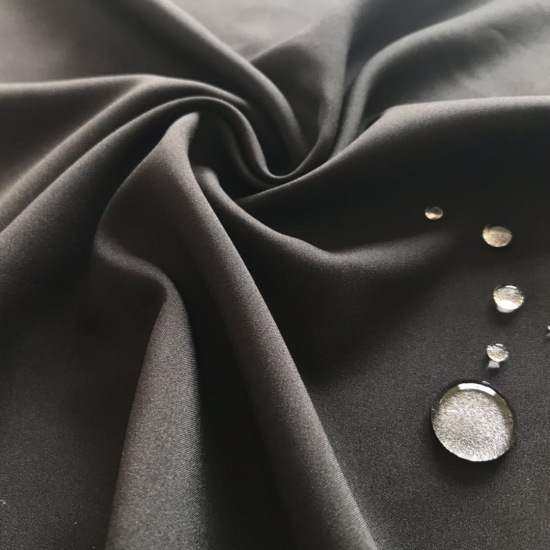What are the chemical properties of spandex? What are its common yarn forms?
Nov 13 , 2023
Spandex, scientific name is polyurethane fiber, English name spandex, abbreviation PU. In 1937, the German Bayer Company successfully developed it; in 1959, the American DuPont Company began industrial production; in 1989, China's first spandex production factory, the Yantai Spandex Factory, was put into operation. Now, China has become the world's largest producer of spandex. Spandex usually exis...

